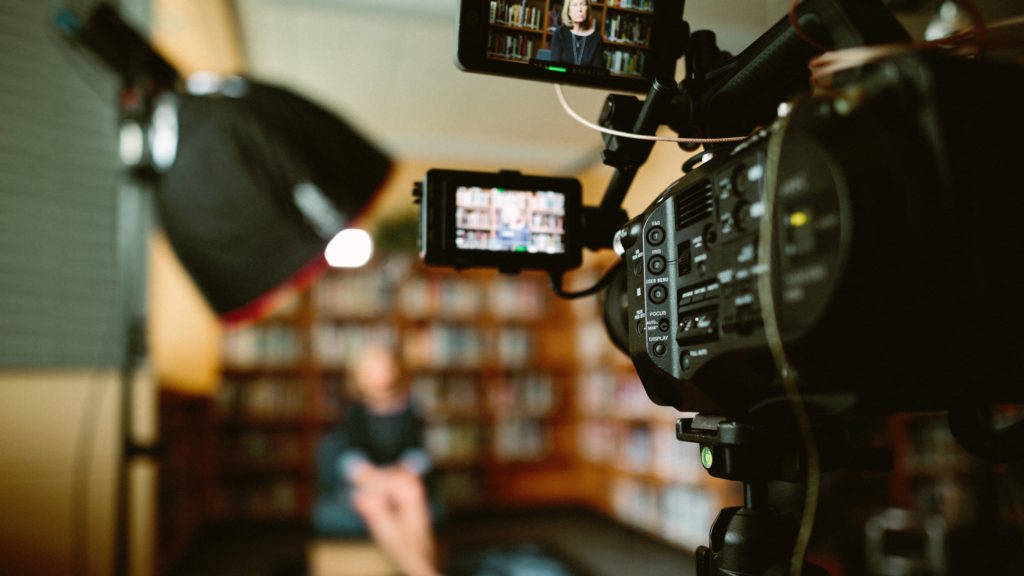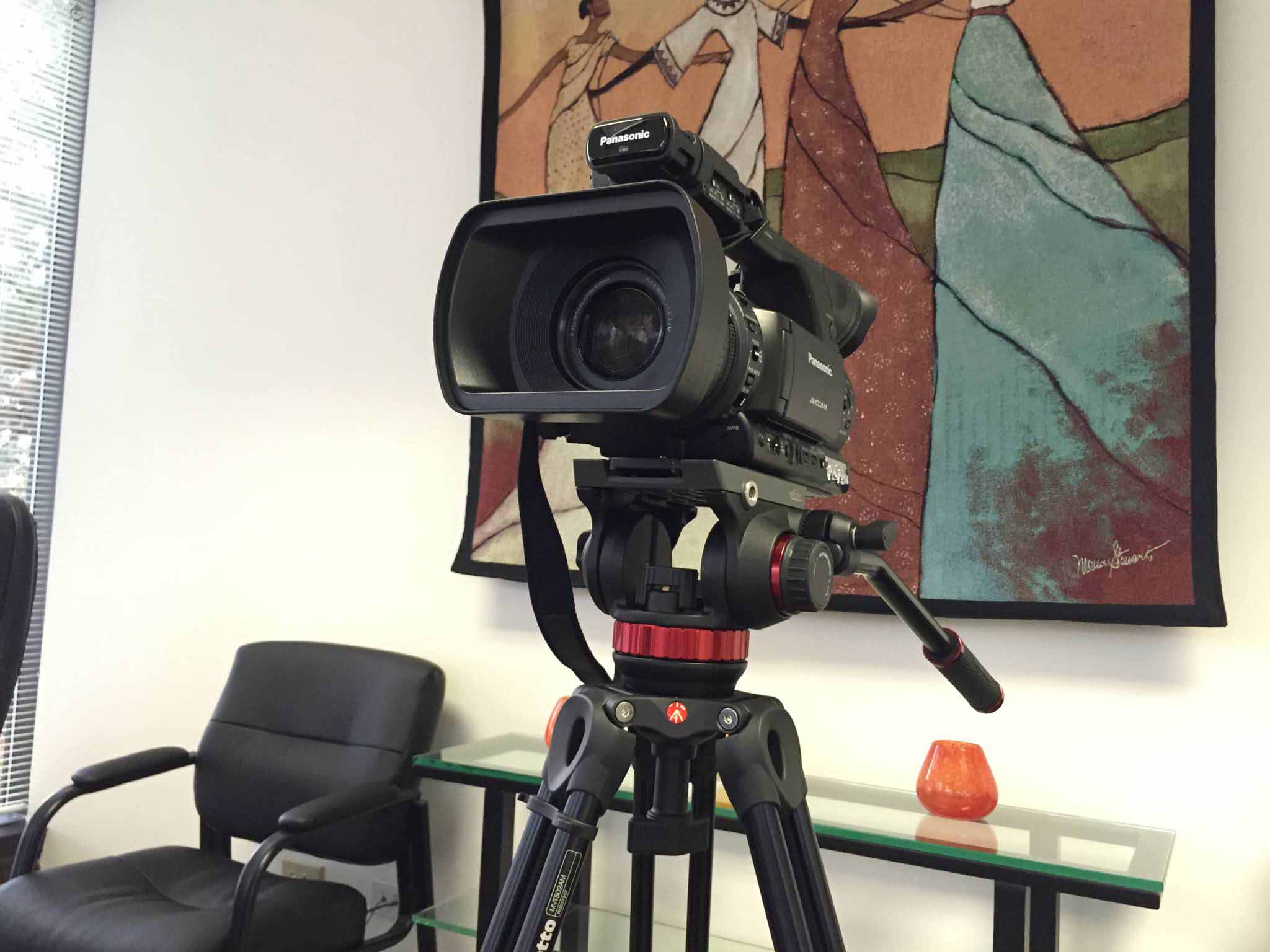Exploring the Mechanisms of Legal Videography: Unveiling Its Operation in Shielding Genuine Aesthetic Statement for Judicial Process
In the realm of judicial proceedings, the function of legal videography stands as a foundation in maintaining and offering visual proof. As technology remains to advance, the mechanisms behind lawful videography have actually come to be progressively elaborate, providing an important layer of authenticity to testaments caught on video. By delving right into the operational intricacies of lawful videography, one can discover the precise procedures that guard the stability of visual proof presented in court rooms - Legal Videography. This expedition not only clarifies the historical evolution of lawful videography but additionally hints at the future fads that might even more reinvent how aesthetic testimonies are promoted in the realm of justice.
Historic Advancement of Legal Videography
Checking out the historical development of legal videography discloses a considerable improvement in the recording and presentation of visual proof within the legal landscape. In the past, legal procedures greatly relied on composed records and photographs to record occasions and offer evidence. With the arrival of video technology, the legal industry saw a standard change in just how aesthetic statement was caught and offered.
The advancement of lawful videography can be mapped back to the late 20th century when advancements in video recording equipment made it much more available for use in courts. This technological improvement not only improved the accuracy and reliability of visual evidence yet additionally changed the means instances existed to discretionary (Legal Videography). Attorneys started to identify the convincing power of video recordings in communicating emotions, nuances, and non-verbal signs that created pictures or records alone can not catch successfully

Modern Technology Innovations in Video Clip Documents
What crucial technical improvements have transformed video documentation in the lawful area? The legal field has actually seen substantial improvements in video paperwork technology that have boosted the credibility and reliability of aesthetic proof in judicial procedures. Among the essential innovations is high-definition (HD) video clip recording abilities, which give crystal-clear images and sharp information that are critical for properly catching testimonies, faces, and other aesthetic hints. Additionally, the integration of timestamping and metadata functions in video documents tools has actually allowed accurate documents of when and where the video was recorded, making certain the integrity of the proof provided in court.
Moreover, improvements in video clip encryption and watermarking innovations have actually reinforced the protection and tamper-proof nature of video evidence, guarding it against unauthorized modifications or meddling. The advent of cloud storage services and remote gain access to capabilities has streamlined the storage, retrieval, and sharing of video clip proof, promoting smooth cooperation amongst lawful specialists and ensuring efficient access to crucial visual statements when needed. These technological developments in video documentation have certainly transformed the legal field, enhancing the precision, credibility, and admissibility of aesthetic proof in judicial procedures.
Function of Legal Videographers in Courtroom Settings
The development of video documents modern technology in the legal area has demanded a critical duty for legal videographers in court room setups, guaranteeing the honesty and dependability of visual testaments provided throughout judicial process. Legal videographers play a basic function in recording and protecting accurate aesthetic evidence that can be essential in lawsuit. Their duty prolongs to establishing equipment, videotaping procedures, and generating premium video clips that accurately show the events in the court.
In court room settings, lawful videographers need to comply with stringent standards and requirements to keep the authenticity of the aesthetic document. They should have a keen eye for detail and a thorough understanding of legal treatments to ensure that the video footage they record is a true representation of the occasions that took place. Additionally, legal videographers usually work closely with lawful groups to ensure that the video proof straightens with the case's demands and can be successfully offered in court to support the legal disagreements being made. On the whole, the duty of legal videographers in courtroom settings is vital in upholding the principles of justice and ensuring the transparency of legal procedures.

Ensuring Admissibility and Honesty of Video Proof
To preserve the reputation of aesthetic proof provided in legal proceedings, ensuring the admissibility and stability of video clip evidence is a vital duty for lawful videographers. Admissibility refers to the approval of proof by the court, and for video clip proof to be admissible, it should satisfy particular standards. Lawful videographers play an essential function in making certain that the video clips they record follow the rules of evidence, such as significance, authenticity, and dependability.
Honesty of video clip proof includes preserving the originality and accuracy of the video from the moment it is videotaped up until it exists in court. This includes securely saving the video clip data, documenting the chain of custodianship, and stopping any type of tampering or alterations. Lawful videographers have to stick to rigorous protocols to guarantee the stability of the video proof and avoid any kind of difficulties to its authenticity.
Future Trends in Legal Videography
Given the increasing dependence on innovation in legal process, legal videographers are poised to welcome ingenious developments shaping the future of aesthetic statement capture and discussion. Among the popular fads coming up is the integration of digital fact (VIRTUAL REALITY) and enhanced fact (AR) innovations into lawful videography. These innovations have the possible to reinvent how aesthetic evidence is provided in courtrooms, permitting judges and courts to immerse themselves in the scene of the criminal offense or incident.
Moreover, making use of fabricated intelligence (AI) formulas for video clip analysis is anticipated to streamline the process of reviewing and examining large amounts of video clip footage. AI can assist in click this link determining key moments, abnormalities, and patterns within video clips, improving the performance of legal investigations.

Conclusion
Finally, legal videography has actually played an important role in supplying authentic visual proof for judicial procedures. Via technological improvements and the competence of lawful videographers, the integrity and admissibility of video clip proof are guaranteed in court room settings. As legal videography proceeds to evolve, it will be necessary to support criteria that maintain the accuracy and dependability of aesthetic testimony for the future of legal process.
Examining the historical progression of lawful videography discloses a significant improvement in the recording and discussion of aesthetic proof within the legal landscape.The development of video paperwork technology in the legal area has actually demanded a crucial role for legal videographers in court setups, making certain the integrity and reliability of visual statements provided during judicial procedures. Furthermore, lawful videographers usually function very closely with lawful groups to make certain that the video clip proof straightens with the instance's needs and can be effectively presented in court to sustain the legal arguments being made.To keep the reputation of aesthetic proof offered in lawful process, ensuring the admissibility and integrity of video clip proof is an essential duty for lawful videographers. As lawful videography continues to develop, it will be important to copyright requirements that preserve the accuracy and reliability of aesthetic testament resource for the future of legal proceedings.